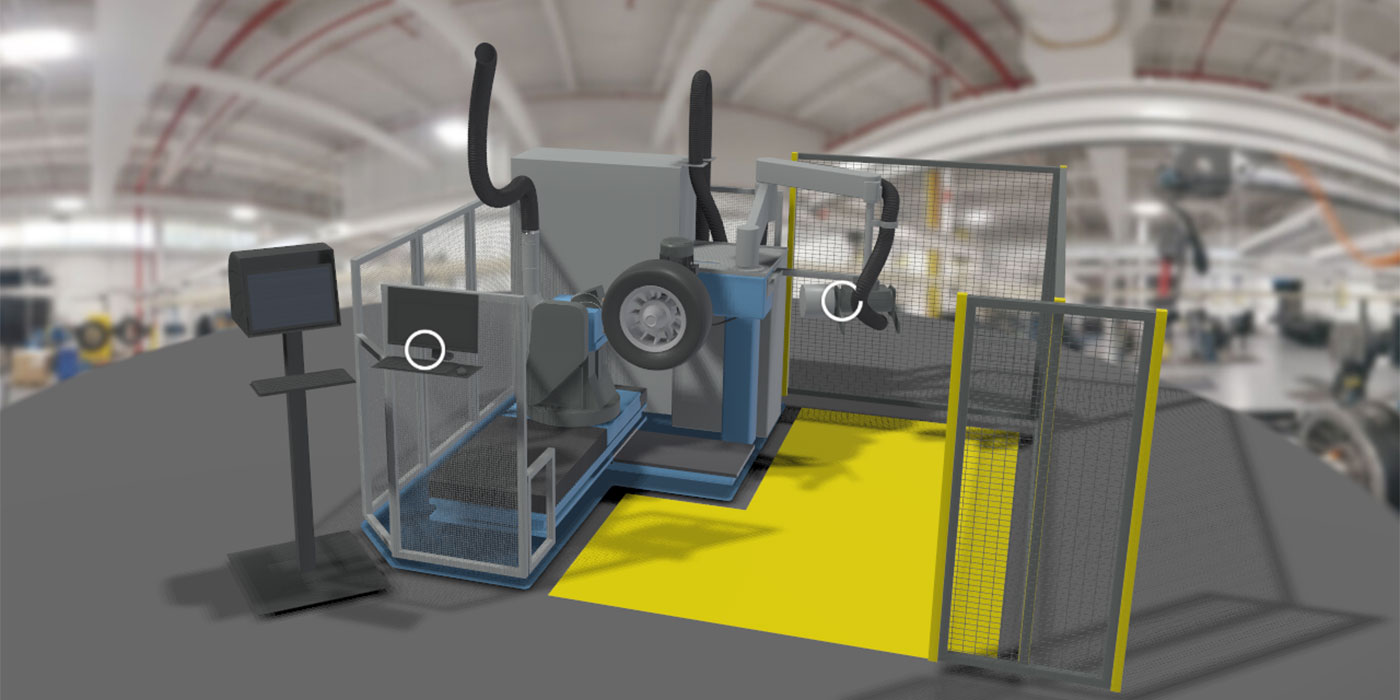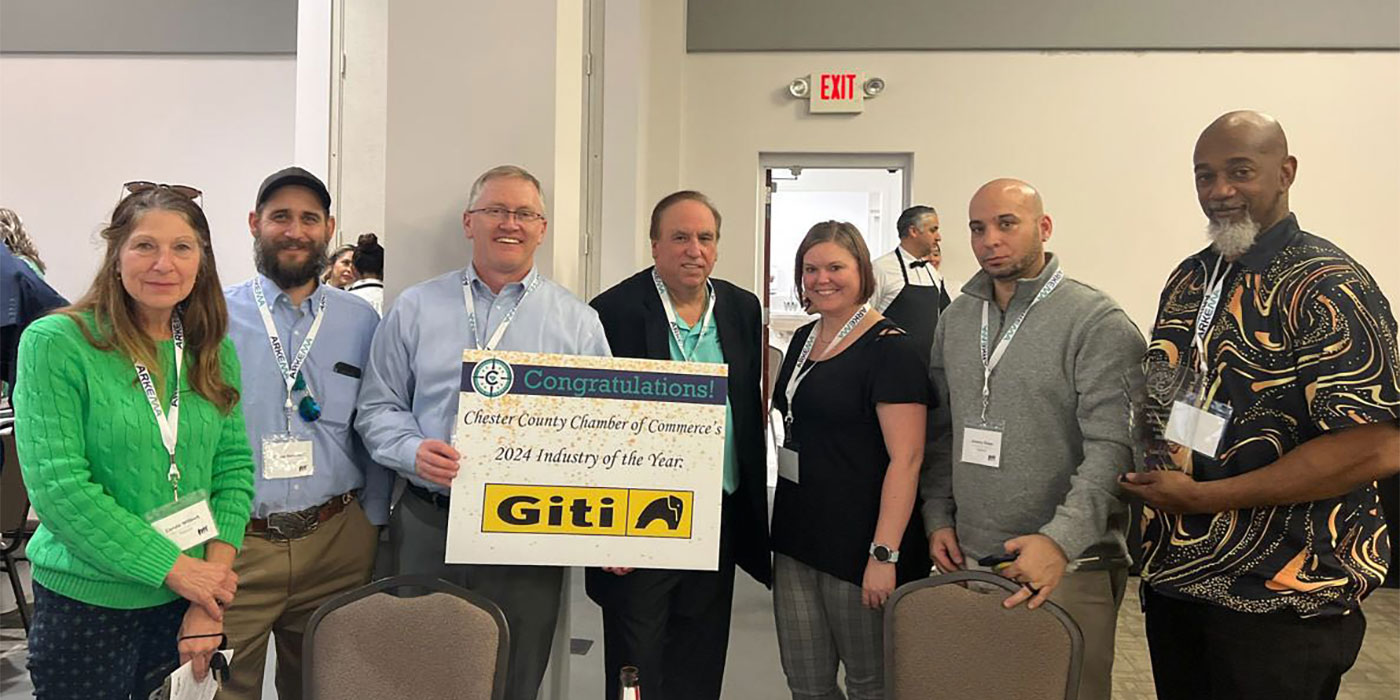And it has nothing to do with a lack of demand for the raw materials that this business harvests from the earth. Far from it.
In the wake of economic expansion in Asia and America, global demand for raw materials has increased rapidly. Order books are full. Despite this, without an integral component, some mining companies have been brought to a standstill. Like cars, earthmovers and other off-the-road (OTR) vehicles cannot go anywhere without tyres.
The chronic shortage of the right kind of rubber for these, often enormous, vehicles means wheel loaders, earthmovers and other quarry, mine and dump orientated machines are increasingly rolled out to customers shod only with wooden bandages designed to protect the rims.
Frustrated at the pace of delivery, some mine and quarry operators have even sourced new tyres from the tyre trade themselves, new tyres that are intended to fit newly bought vehicles. Although now, even the tyre trade is finding it difficult to offer anything in this respect.
The situation is now in such a state that words like “supply crisis” are probably not overstating the matter. The shortage of OTR, construction or other industrial tyres was mainly triggered by the enormous developments that have taken place in some of the international tyre markets. The dynamics of the Chinese national economy with annual growth rates of up to 10% has been a particularly influential part of this problem.
The Chinese economy has consumed products that, under normal circumstances, were sufficiently provided for. However, the current Chinese industrialisation situation requires plentiful supplies of raw materials in order to keep it moving. About one-third of the growing demand for raw materials can be accounted for by China alone. Many of these raw materials have to be mined – and a boom in that segment has inevitable positive effects on the tyre industry, too.
A booming demand by surprise
“All tyre manufacturers have been caught off-guard by the booming demand,” says Volker Aßmann, distribution and marketing manager at Goodyear. “This year the demand for industrial tyres is at least 30% higher than one year ago.” When it first dawned on the market, at the end of 2004, that OTR tyres were becoming scare, everybody believed it was a temporary phenomenon. However, the rapidly growing demand for mining and excavation vehicles made a strong impact on the tyre industry.
Some mining companies even reopened previously closed mines in order to meet the growing global demand for raw materials. According to Goodyear, this trend will continue for the rest of this year at least. “After that (in 2007), we believe in a little ‘detention’ of the situation,” company representatives added. “We are producing around the clock under high pressure.”
No major changes are expected in the short term – or at least no improvements in terms of availability. Instead the situation looks set to remain precarious. “There are some important types of tyres that we won’t be able to supply for some months,” according to one Goodyear market expert. Other tyre manufacturers have to cope with the same conditions.
The vehicle manufacturers and companies from the mining industry fear they will suffer considerable setbacks if the current situation continues or worsens. Some orders for wheel loaders and diggers are not even being completed. “First we have to check which tyres are available,” explains Hans-Joachim Erdmann, European distribution manager for construction machinery manufacturer CNH.
The large international mining corporations are also afraid that some of their production goals might not be met. “In order to further increase our output, we urgently need more tyres,” says Murray Arcaro who is manager at Georgian Aggregates and Construction from Collingwood, Ontario. Recently Arcaro, who looks after all machinery in operation, has taken to systematically searching the markets for the necessary tyres in order to purchase them for stockpiling. This is one of the only ways of keeping heavy construction vehicles mobile.
Growing raw material prices
Increasing raw material prices are only serving to aggravate the situation. Crude oil prices have a particular effect on the tyre production. In combination with strong excess demand, this has led to significant increases in OTR tyre prices, a trend that is bound to continue.
Such extreme conditions demand new coping strategies. Gerry Shaheen, for example, who is president of the Caterpillar group, currently tests several different alternatives. “When there are no radial tyres available we are even utilising bias-ply tyres,” he says. “Furthermore, we have developed new sources of supply, increased our stocks and even think about retreading again where it’s possible.”
Nowadays, the mining industry even uses tyres that wouldn’t be applied under normal circumstances. Arcaro from Georgian Aggregates and Construction adds: “For our vehicles we would need E4 tyres, but currently we have to equip them with E3 tyres. But this only works passably, and the durability is of course less.”
In this environment the large tyre manufacturers have started an advisory campaign. They are recommending a number of measures that are aimed at bringing the customers through the coming months until the situation has eased. This starts with proper and careful tyre maintenance, continues with anticipatory stock keeping and ends with the construction and support of roads and paths on which EM tyres are used.
Tips for a long tyre life
The most important leverage in order to increase the durability of a tyre is the regular control of tyre pressure. Goodyear’s Aßmann: “The best way is to control it on a daily basis.” His second tip is to take care that valve caps are used with every tyre. This keeps out the dust and dirt, preventing from irreparable damages.
Another major source of tyre failure is tyre-changing errors. A badly fitting OTR tyre obviously has more serious wear implications than a mis-fitted passenger car product. Due to the fact that earthmovers usually feature multi-piece wheels, it is extremely important to change the “O” ring and the air valve every time a new tyre is mounted.
In quarries and mines puncturing (caused by stones or overloading) is the most common reason for premature tyre failure. This is why the maintenance of roads in quarries and mines actually pays off. Roads should be clear of all debris that may have fallen into the roadway during transportation. It is also obvious that vehicles should not be overloaded, and loads should be distributed equally in the loading area of the vehicle.
Bad times for exotic tyre specifications
As an OTR tyre customer it is important to anticipate trends when buying OTR tyres. Flexibility in accepting alternative sizes is also recommended. “We have adjusted our production process and reduced the number of available tyre specifications in order to increase ability to deliver the most important sizes,” Goodyear’s expert acknowledges. By doing this the tyre manufacturer can operate its production process much more efficiently. And, in turn, this means it is a bad time for anyone looking for those particularly exotic tyre sizes.
Long term purchasing planning – buying tyres in advance, not just when you need them – can also be a useful way of minimising vehicle idle-time. No one knows how long the current situation will last, and nobody is brave enough to guess with any certainty. One thing is sure: demand is levelling out at a higher place than it was before and it likely to stay there for some time.















